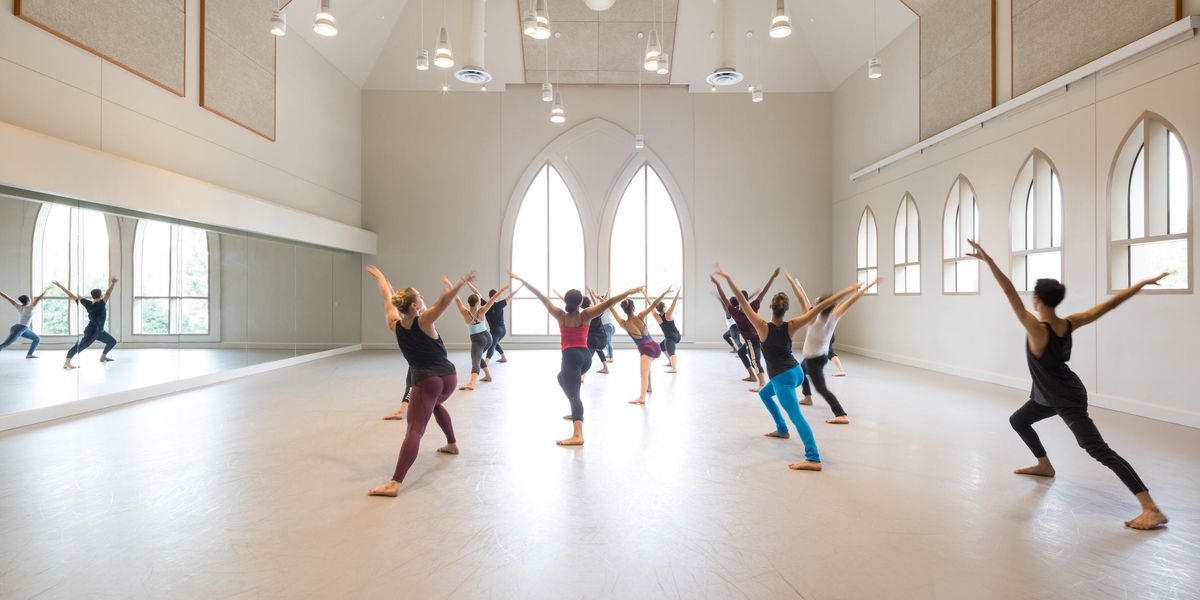The Worth of a Smile—or a Giggle
The bell tower tolls as the peacock’s feathers unfurl. The show has begun. Welcome to the Pantomime Theater, a Chinese-style, open-air theater nestled near the entrance of Copenhagen’s beloved Tivoli Gardens. In other words, my home for the summer is a giant peacock. Twice a night her large, wooden feathers are cranked down by five technicians. Everything in the theater is operated manually, as it has been since its creation in 1874. The Pantomime Theater brings a range of ballet, contemporary, and Danish pantomime to whomever pays to enter the garden.
The Pantomime Theater at Tivoli Gardens
The most invaluable lesson I learned during my first year at Northwestern University is the importance of play, a concept introduced through my exploration of improvisational dance, which then seeped into other aspects of my life. As dancers we learn discipline at an early age, mature quickly, and are very serious about our passion. The way our bodies feel dictates the course of each day.
The CanCan girls and Pjerrot,
Pjerrot i Dyrehaven
The pantomime artists at Tivoli have realized something that we dancers could benefit from: Laughter is the key to happiness, progress, and growth. The company performs a pantomime before each ballet program and there is always a gaggle of dancers huddled in the first wing to watch. This isn’t the type of humor featured in Hollywood’s latest romantic comedies. Danish pantomime incorporates mime, ballet, and silent clowning. The subtle glances and musically timed gestures tickle the audience unexpectedly. And the best part is, a lot of it is improvised. The artists play off each other’s energy and timing, incorporating their own personalities into the age-old characters. The choreography and musical cues may be hundreds of years old and repeated each night, but these performers deliver them as if they were being created on the spot. Witnessing their silent musicality, athleticism, and artistry never ceases to put a smile on my face. It’s funny how easy it is to let go of a bad mood.
Rehearsing
Havet Bevægelser with choreographer Paul James Rooney. Photo by Lene Riggselsen.
If laughter improves our outlook so drastically, why not let it into the most grueling hours of the day? I am currently in the midst of rehearsals for British choreographer Paul James Rooney’s Havets Bevægelser (“Sea movements” in Danish) and it is one of the most enjoyable creative processes I have been a part of. Each day in the studio is productive, inspiring, and filled with a palpable lightheartedness. Dancers may be disciplined and hardworking, but why not have a sense of humor? When we can laugh at our mistakes, we lose the fear of taking chances.




